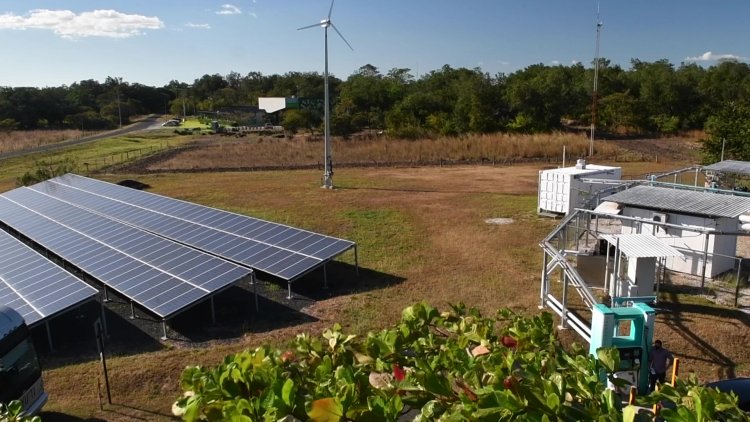Green hydrogen technology could change the future of Costa Rica

Former astronaut Franklin Chang is confident that in 10 years Costa Rica, his country, will be different. He aspires to make it much richer and cleaner, thanks to the green hydrogen that he has been researching and developing since 2011.
"We can transform ourselves in five or ten years. A disruptor is needed and green hydrogen can be one. It happened with airplanes, computers, cell phones... In a few years everything changed," he said from his company, Ad Astra Rocket, in Liberia, Guanacaste, where he installed a system that already produces green hydrogen but on a reduced scale.
Chang learned of the benefits of green hydrogen on one of his seven trips to space (between 1986 and 2002) as a NASA crew member. Today he is immersed in the development of this technology, not for space shuttles, but for its industrialization.
As he said, one of its main applications would be transportation, a sector that accounts for 65% of Costa Rica's energy consumption and uses mostly fossil fuels, which are imported in their entirety for 2,000 million dollars a year, according to the government.
Chang said that green hydrogen could free the country from its oil bill and be used in the short term in buses, trucks, ships and planes.
It can also benefit the production of fertilizers, steel, glass and cement, among other industries, which, according to Juan del Valle, director of operations at Ad Astra Rocket, cannot be decarbonized in any other way.
Chang, a 71-year-old nuclear engineer, explained that "the production of green hydrogen is based on the decomposition of water with electricity produced with clean and renewable energy (solar, wind, geothermal, biomass). And in Costa Rica we have a surplus of water and electricity".
"Water is separated into hydrogen and oxygen by electrolysis. Hydrogen, as a gas, is a powerful source of energy, more so than gasoline or a battery. The oxygen we release into the atmosphere, but it could have other uses, such as tanks for hospitals," he explained.
In Ad Astra Rocket, green hydrogen is generated through electricity produced by some 40m2 of solar panels and a wind turbine. Then, an electrolyser breaks down the water that comes from a well, said del Valle, who did not hide that, for now, the economic cost is high.















